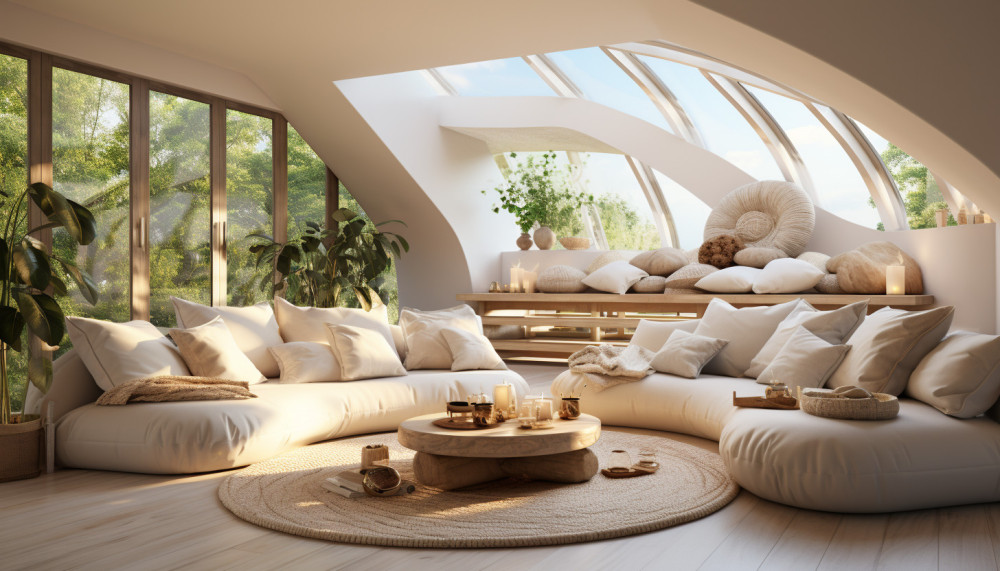
Creating Spaces for Well-Being: The Psychology of Home
japanchildrenrights.org – The concept of home extends beyond mere shelter; it is a space where our psychological well-being is significantly influenced by the design and layout of our living environment. Understanding the psychology of home design can help us create spaces that not only look good but also promote our mental and emotional health.
The Impact of Home Design on Well-being
The psychology of space is a critical aspect of real estate design that affects how we think, feel, and behave in our surroundings. Every element of home design, from the spatial layout to the choice of colors and materials, can significantly impact our mood, stress levels, and overall well-being.
Architectural Design and Well-being
Architectural design plays a pivotal role in shaping our well-being. For instance, the layout of a home can influence how we move through it, affecting our physical activity levels and social interactions. Properly designed spaces can encourage movement and interaction, thereby enhancing our sense of well-being.
Color and Material Choices
The choice of colors and materials in a home can also have a profound effect on our psychological state. Warm colors like reds and yellows can stimulate and energize, while cool colors like blues and greens can promote relaxation and calmness. Similarly, the texture and quality of materials can influence our tactile experiences, contributing to a sense of comfort and security.
Creating Well-being Spaces
To create spaces that promote well-being, consider the following tips:
- Optimize Natural Light: Natural light is essential for maintaining a healthy circadian rhythm and reducing stress. Design spaces that maximize natural light exposure to enhance mood and energy levels.
- Incorporate Plants: Plants not only add a touch of nature but also improve air quality and reduce stress. They can be a simple yet effective way to enhance the psychological well-being of a space.
- Use of Color and Texture: Select colors and materials that resonate with your personal preferences and promote a sense of calm and comfort. Warm, earthy tones and soft, tactile materials can create a cozy and inviting atmosphere.
- Flexible Spaces: Design spaces that can be easily adapted to different activities. This flexibility allows for a variety of uses and can enhance the functionality and enjoyment of the space.
- Minimalist Approach: A clutter-free environment can reduce stress and improve focus. Minimalist design principles can help in creating a serene and uncluttered space that supports mental clarity and relaxation.
Conclusion
The psychology of home design is a complex yet fascinating field that can significantly impact our well-being. By understanding the principles of spatial layout, color, material choice, and natural elements, we can create homes that not only look beautiful but also support our mental and emotional health. Whether you are designing a new home or renovating an existing one, consider these principles to enhance your living environment and promote well-being.


